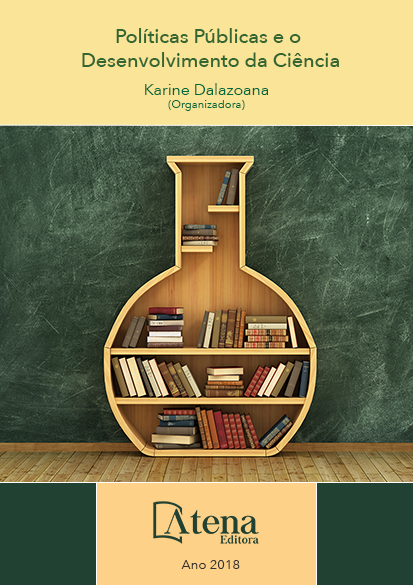
ICONOGRAFIA VISUAL NA HISTÓRIA DA INFÂNCIA: AS OBRAS DE ARTES NO ESTUDO DE ARIÈS
A criança é um ser em construção
que se transforma de acordo com a sociedade
e o meio na qual está inserida. Na Idade Média,
eram vistas como um ser sem significância
e sem infância, sujeitos silenciados pela
sociedade, sem direito de exercer suas
vontades. Este estudo trata das concepções
de infância e o conceito de criança a partir da
iconografia visual vislumbrada por Ariès (2006)
e como compreensão analítica das imagens,
parte-se do princípio de Panofsky (2007) que
permite entender o quanto tem de informação
visual deixada pela ação do artista em uma
obra de arte e que ela não é só um objeto
estético, mas também um documento vivo e
histórico. Parte-se de uma abordagem teórica,
onde se discute o papel da criança e sua família
na sociedade moderna e a dificuldade histórica
e cultural de se relacionar com a criança e sua
infância, tratando-a como adulto em miniatura.
Refletindo esses conceitos a partir do ponto de
vista histórico, considerando as transformações
ocorridas em um período em que a infância era
desconhecida e ao longo da história, tornouse
um artefato social. Por fim, conclui-se que a
criança absorve todas as informações e atitudes
dos adultos, desenvolvendo os mesmos hábitos
sociais e culturais ao seu modo de agir no
mundo.
ICONOGRAFIA VISUAL NA HISTÓRIA DA INFÂNCIA: AS OBRAS DE ARTES NO ESTUDO DE ARIÈS
-
DOI: 10.22533/at.ed.95618051238
-
Palavras-chave: Criança, Infância e Família.
-
Keywords: Child, children and family.
-
Abstract:
The child is a construction that
turns according to society and the environment
in which it is inserted. In the Middle Ages, were
seen as a be without significance and without
childhood, subject silenced by society, without the
right to exercise their wills. This study deals with
the conceptions of childhood and the concept of
child from the visual iconography envisioned by
Ariès (2006) and as analytical understanding of
images is part of the principle of panofsky (2007)
which allows us to understand how features of
visual information left by the action of the artist
in a work of art and that it is not only an aesthetic
object, but also a living document and history. It
is a theoretical approach, where he discusses
the role of the child and his family in modern
society and the historical and cultural difficulties
to relate with the child and his childhood, treating
them as adults in miniature. Reflecting these
concepts from the historical point of view, considering the transformations that have
occurred in a period in which the childhood was unknown and throughout history, it
became a social artifact. Finally, it concludes that the child absorbs all the information
and attitudes of adults, developing the same social and cultural habits to their way of
acting in the world.
-
Número de páginas: 15
- Mayelle da Silva Costa


